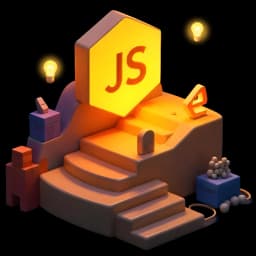Access to all courses
Basic Setup
What is SQL? In this module- we'll learn the basics of SQL. SQL stands for Structured Query Language. It's a special language that we use to talk to databases. Just like how we use different languages to communicate with people from different countries, SQL is the language we use to communicate with databases. ### Giving Instructions to Databases
The rest of this lesson is waiting.
Join JS Mastery Pro to unlock it.





Get Full Access
$149 /month
Lock in a year & save—2 months free!
Quizzes, mini-challenges, AI summaries, inline sandboxes
Participation in a private community
Build real production-grade apps
Mock interviews & project reviews
Weekly live sessions & member-only access